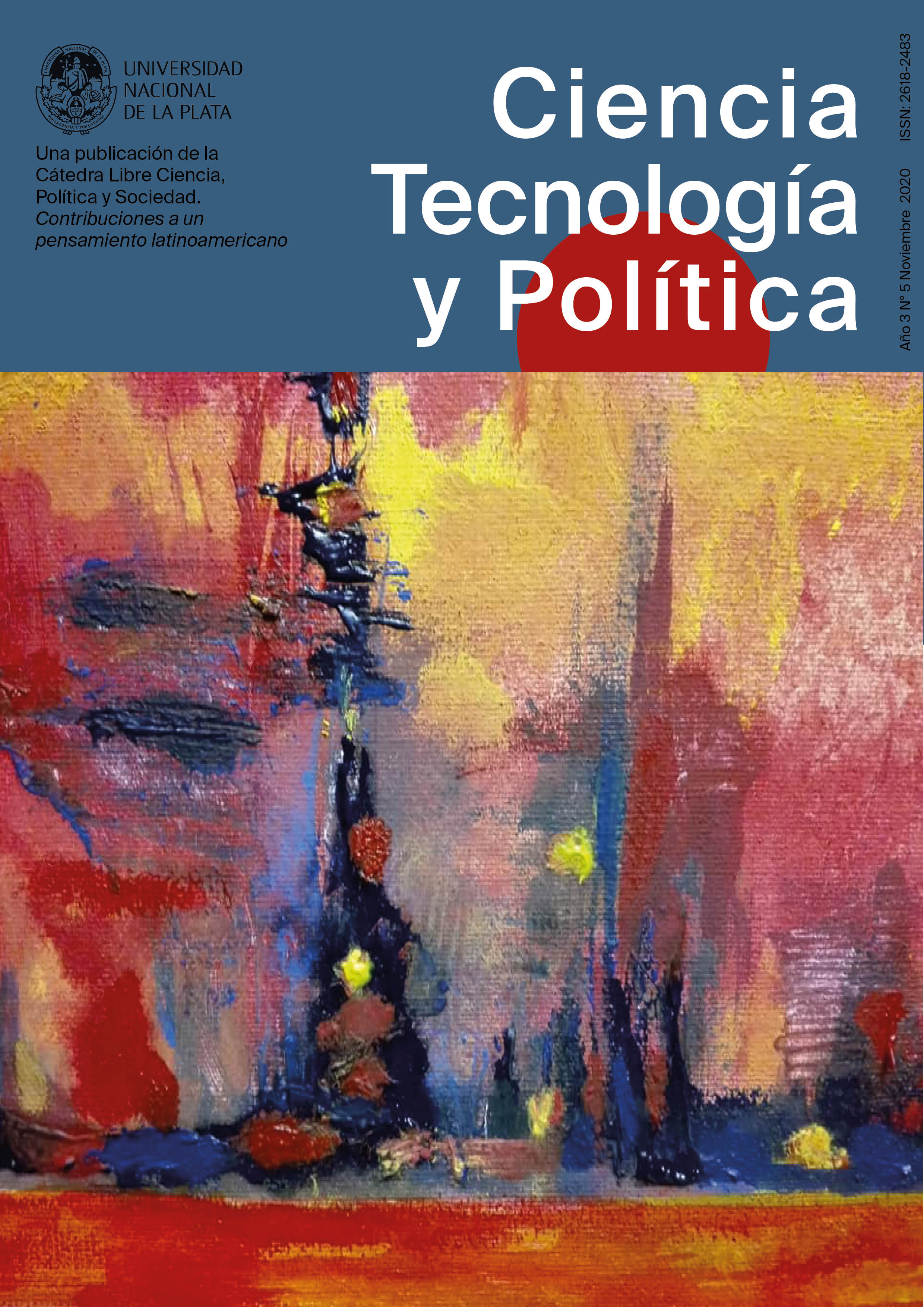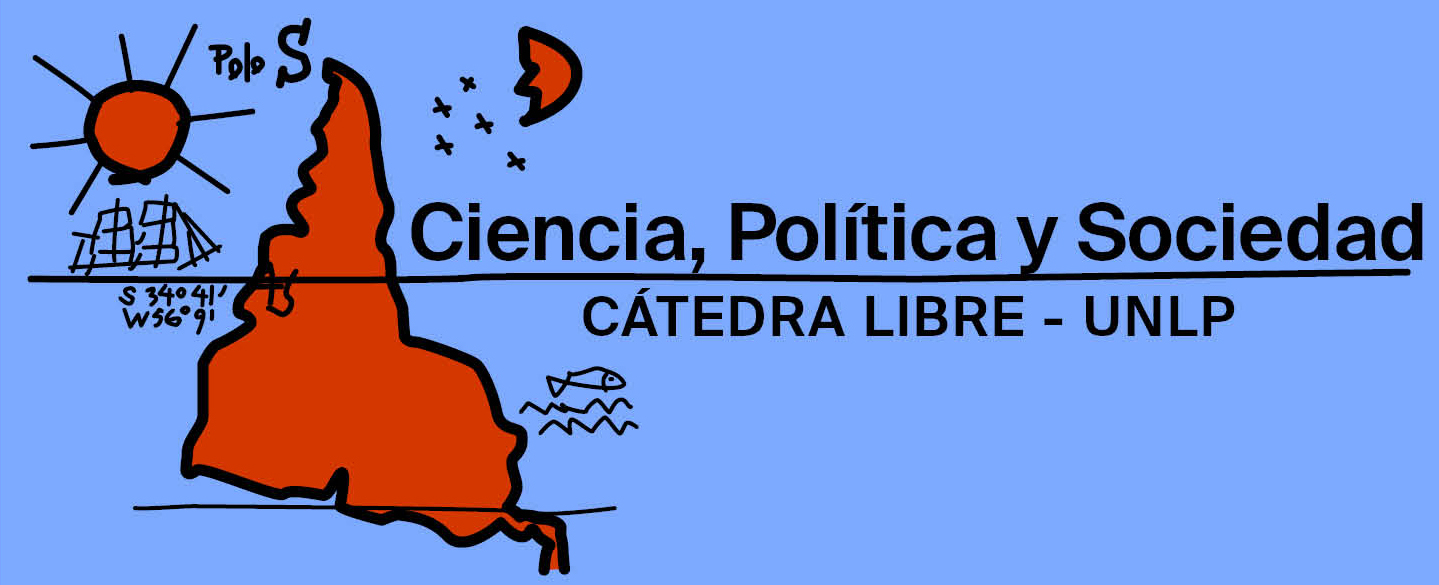Jorge Sabato and the Latin American Thought in Science, Technology, Development and Dependency
DOI:
https://doi.org/10.24215/26183188e048Keywords:
Sabato, Sabato Triangle, technological autonomy, Latin American thought, innovationAbstract
This article analyzes the role of Jorge Sabato as one of the key figures of Latin American Thought in Science, Technology, Development and Dependence (PLACTED).Based on his work in the metallurgical industry, it is shown how he managed to create the basis for the country's main autonomous developments in nuclear technology in the Argentine National Atomic Energy Commission (CNEA), in a combination of thought and action. On the other hand, it is described how he developed a line of thought around technological autonomy putting it into practice, and how he was able to bring together technologists and thinkers from different countries of the region that constituted PLACTED, based on his leadership capacity. His outstanding work in foresight and the pioneering nature at the world level meant the development of innovation concepts, innovation systems, the unbundling of the technological package, technology as a commodity, and the widespread figure of the so-called "Sabato Triangle".
Downloads
Metrics
References
Barrios Medina, A. (1997). La escuela latinoamericana de pensamiento en ciencia, tecnología y desarrollo (CTD) a través del Dr. Ing. Carlos Martínez Vidal (mimeo).
Ciapuscio, H. (comp.) (1994). Repensando la política tecnológica, Homenaje a Jorge A. Sabato. Buenos Aires: Nueva Visión.
Galante, O., Benso, O., Carnota, R., Marí, M. y Vasen, F. (2009). “La Escuela Latinoamericana de Pensamiento en Ciencia, Tecnología y Desarrollo”, Congreso de la Asociación Latino-Iberoamericana de Gestión Tecnológica (ALTEC), México.
García Blaya, F. (4 de junio de 2020). El Laberinto. Columna de tango. Radio Rebelde 740. Recuperado de: https://ar.radiocut.fm/audiocut/en-laberinto-4-6-2020-columna-tango-federico-garcia-blaya/ [fecha de consulta: 2-9-2020].
Marí, M. (2012). Historia del concepto de Innovación. Ponencia presentada en las IX Jornadas Latinoamericanas de Estudios Sociales de la Ciencia y la Tecnología, ESOCITE, México.
Meadows, D. H., Meadows, Dennis L., Randers, J. y Behrens III, W. W. (1972). Limits to Growth. New York: Signet Books.
Martínez Vidal, C. y Marí, M. (2002). La Escuela Latinoamericana de Pensamiento en Ciencia, Tecnología y Desarrollo. Revista REDES, Nº 19.
Programa PLACTED/MINCyT (2009). “Entrevista a Enrique Oteiza”.
Programa PLACTED/MINCyT (2011a). “Entrevista a Carlos Aráoz, integrante del equipo de Metalurgia de la CNEA de J. Sabato”, Buenos Aires.
Programa PLACTED/MINCyT (2011b). “Entrevista a Sara Rietti”, Buenos Aires.
Sabato, J. y Botana, N. (1968). La ciencia y la tecnología en el desarrollo futuro de América Latina. Revista de la Integración, INTAL, Buenos Aires, Año 1, Nro. 3, pp. 15-36.
Sabato, J. A. (1972). Quince años de metalurgia en la Comisión Nacional de Energía Atómica. Ciencia Nueva, No. 15, pp. 7-15.
Sabato, J. A. (comp.) (2011). El pensamiento latinoamericano en la problemática ciencia-tecnología-desarrollo-dependencia. Buenos Aires: Ediciones Biblioteca Nacional.
Sagasti, F. (2011). Ciencia, Tecnología e Innovación. Políticas para América Latina. Lima: Siglo XXI.
Published
How to Cite
Issue
Section
License
The authors whose texts are published in this Journal surrender their ownership rights in favour of the editor in a non exclusive manner, i.e. the authors can enter into other independent and additional contracts to publish their text, e.g. including it in an institutional repository, thematic or otherwise, publish it in a book, or others, as long as it is overtly stated that the work was first published in this Journal.
The responsibility for each published paper as regards its content relies exclusively on its authors, holding the editors harmless for any legal liabilities.
The texts of the Journal shall be published under the Creative Commons 4.0 BY-NC-SA license. Therefore, the editors are free to:
1) Share, copy and redistribute the material using any means or format.
2) Adapt, remix, transform and create from the material, under the following conditions:
a) Attribution — credit to this work must be given in an appropriate manner, providing a link to the license and indicating if changes have been made.
b) Non-Commercial Use — no use may be made of the published material for commercial purposes.
c) Share Equal — Authors remixing, transforming or creating from the material must distribute their contribution under the same license as the original.




































